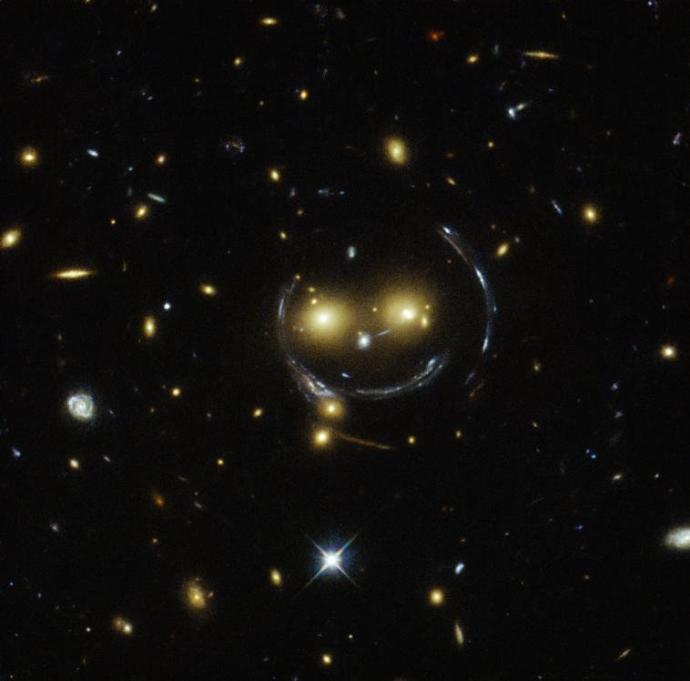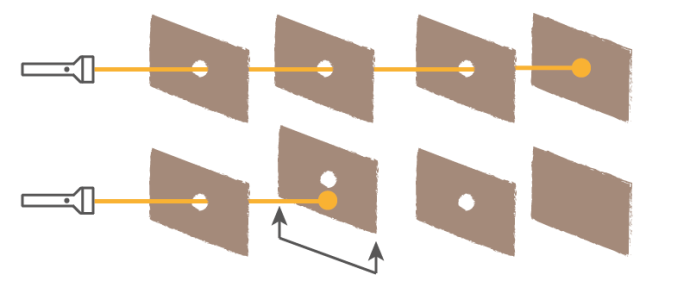Relativity
Gravity is the force we are most familiar with in everyday life. It has been studied for longer than the other forces of nature. However, it is also the least well understood.

Light and Telescopes
One of the first people to study light was Ibn al-Haytham (known as Alhazen). He was a Muslim, living in Egypt in the early 11th Century. Alhazen is first person we know of who used the scientific method. He wanted to know why our eyes could see things.

Cecilia Payne Gaposchkin
Occupation
Astronomer
Year born
1900
Research Areas
Stars, Spectroscopy

Sunrise and Sunset
The Sun appears above the horizon each day. This happens not because the Sun is moving, but because the Earth spins on its axis.

Investigate Day and Night
On Earth, night follows day and day follows night. But why?
Complete this fun investigation to find out!
